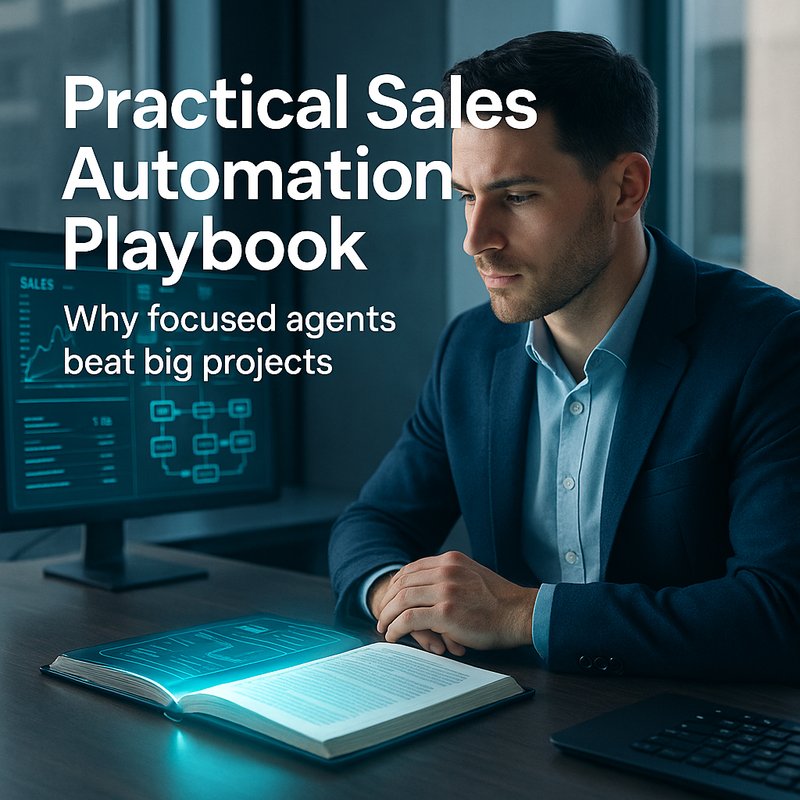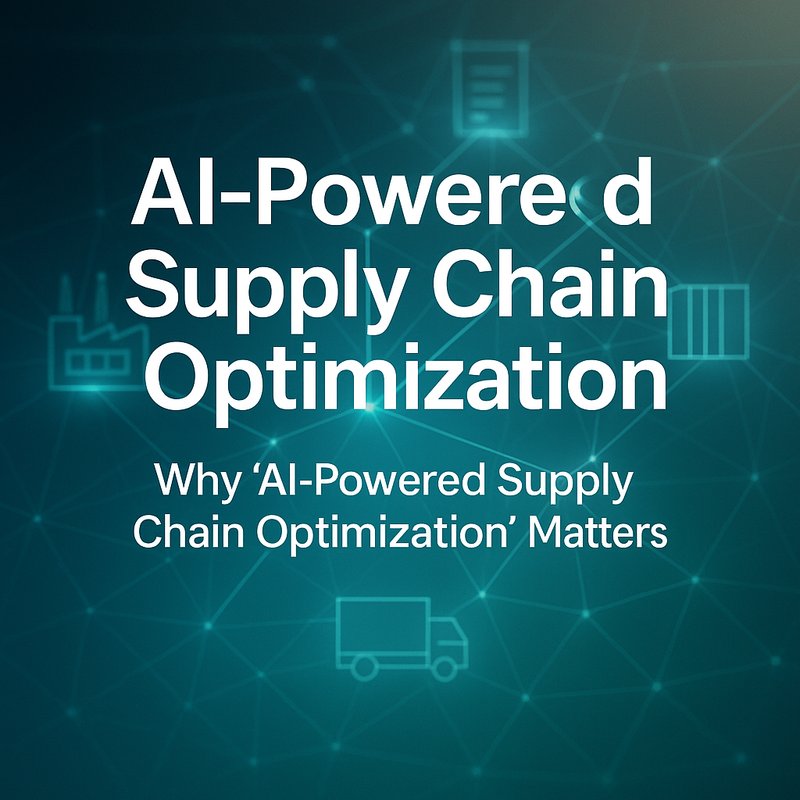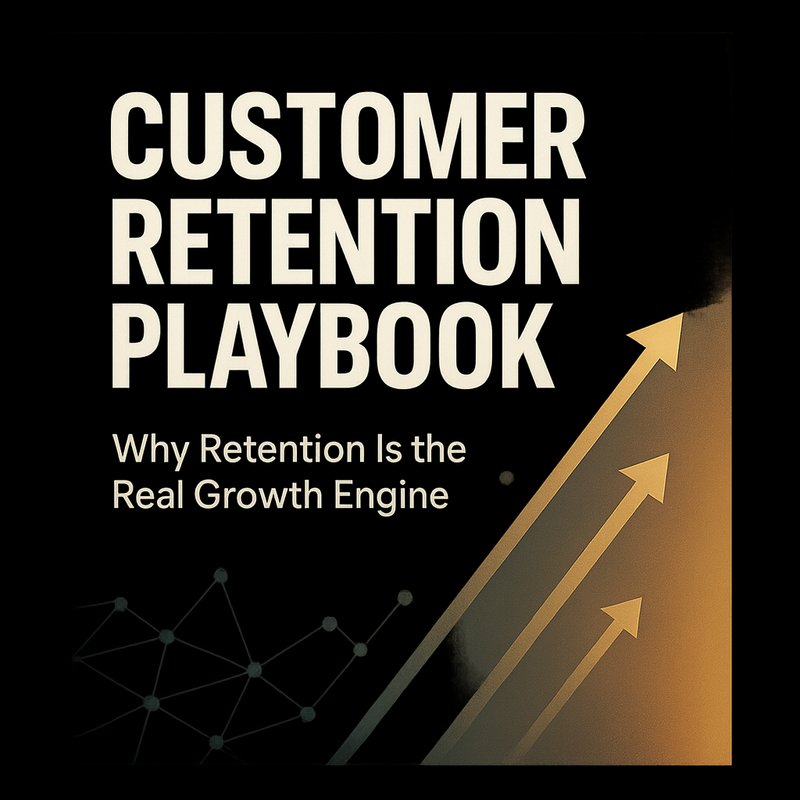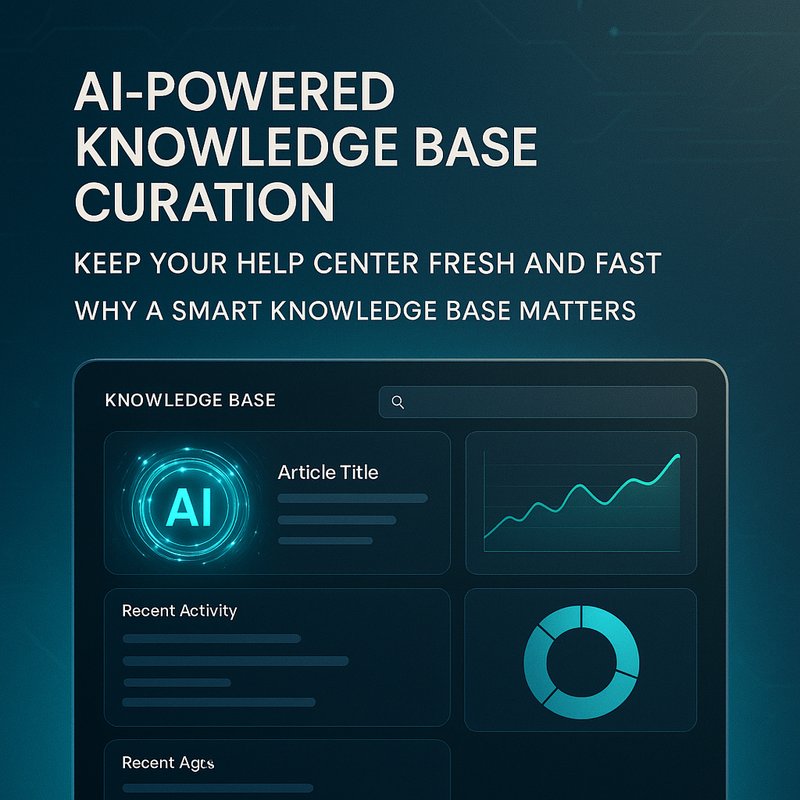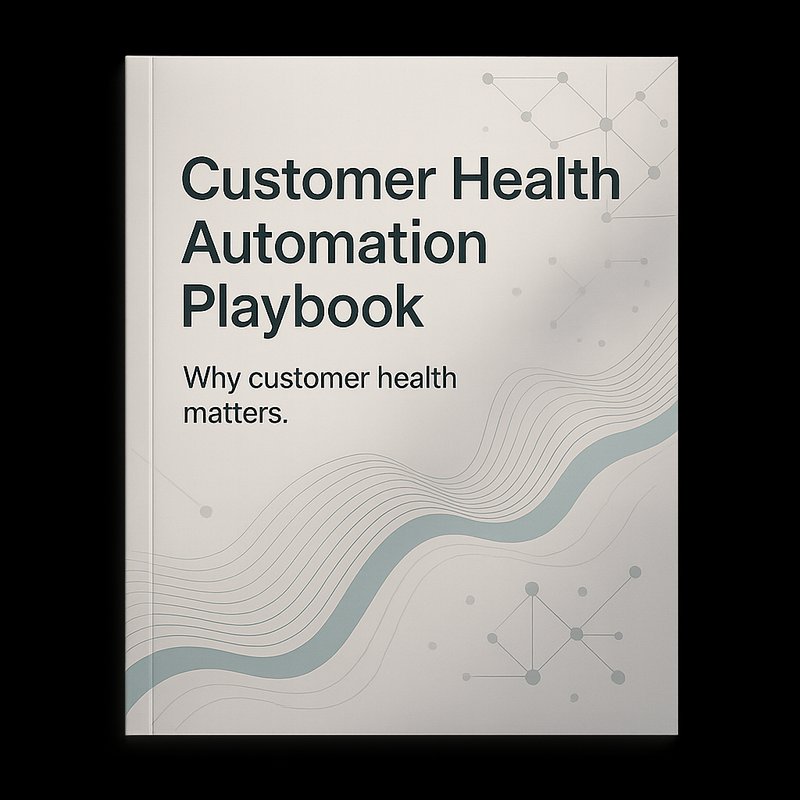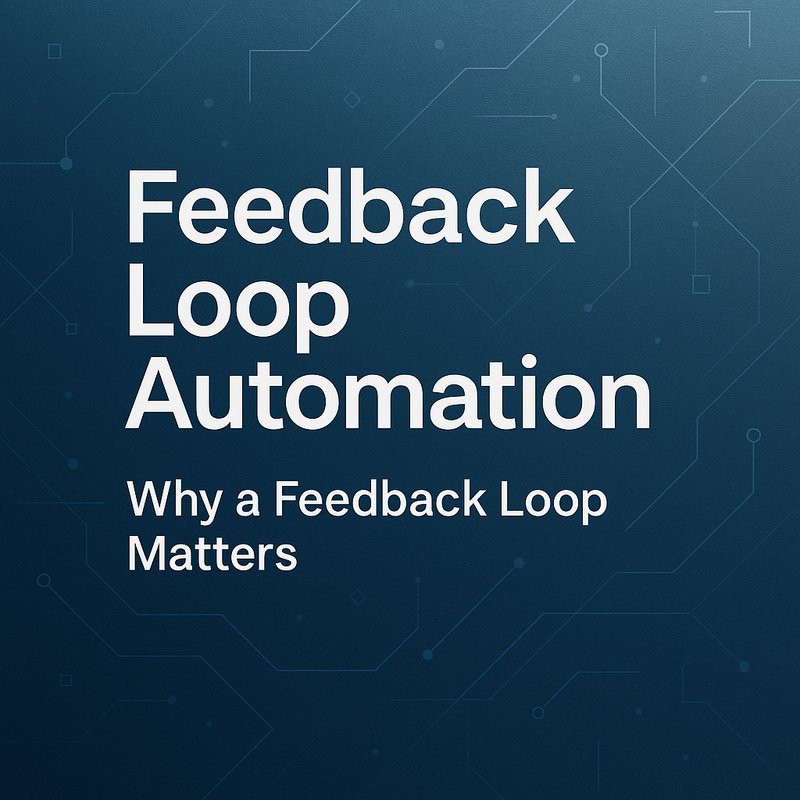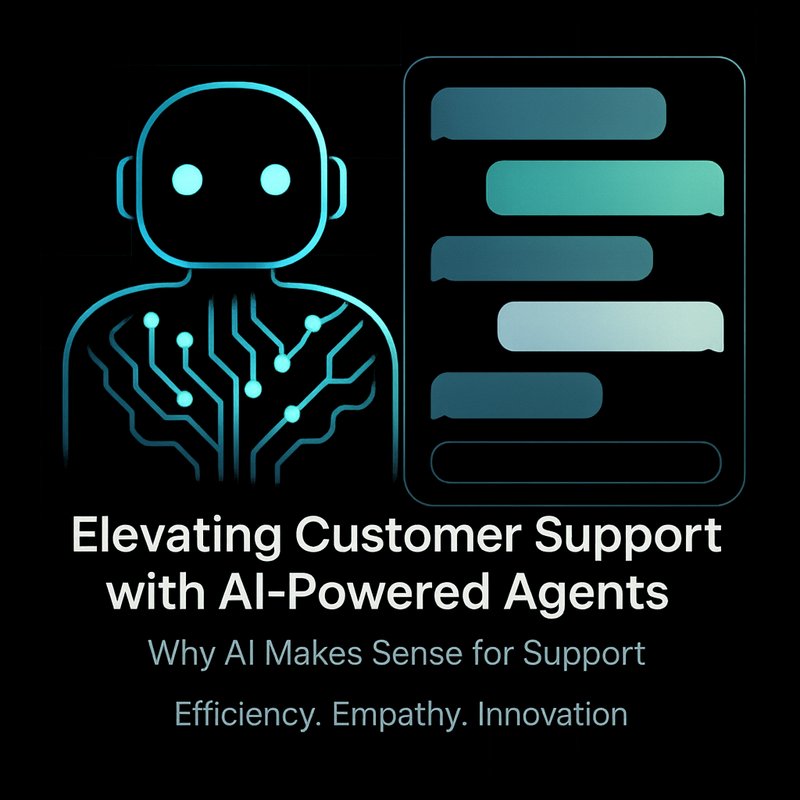Sales teams are busy. You know the drill: leads arrive, reps chase approvals, quotes get stale, and contracts trail for days. Automation can help, but only if you design it to be predictable, safe, and easy to fix when it breaks.
This playbook shows how to build a small set of sales automation agents that work with your team, not against them. You will get clear patterns, sample prompts, measurable goals, and a rollout plan you can run in weeks. No hype. Real, usable steps.
Why focused agents beat big projects
Big automation initiatives stall for two reasons: scope creep and fear. Teams try to automate everything at once and then nobody trusts the result. Here’s a different idea: build one reliable agent that does one job and does it well.
Small wins build trust. When reps see accurate leads show up, or a quote generated without errors, they relax. Then you can expand.
Now, you might wonder: which agents do I start with? Start where time is wasted and risk is low.
- Lead intake from forms and emails
- Quote drafting with validated prices
- Simple pipeline nudges for stalled deals
- Contract signature tracking
These are high impact, easy to monitor, and low risk.
Start with clear goals and owner
Before you touch code, answer these five simple questions:
- What exact task will the agent do today?
- Who owns the outcome (a person or team)?
- What data does it need and where does it come from?
- What happens when it fails?
- How will you measure success in 30 days?
Write those down. Pick one agent and one metric. For lead intake, the metric could be time to create a CRM record. For quote drafting, measure quote turnaround minutes.
Design rules that keep people calm
When people trust automation, adoption is easy. Follow these rules:
- One purpose per agent. Keep scope tiny.
- Prefer suggestion mode at first. Let reps accept or edit.
- Always require approval for discounts or contract changes above thresholds.
- Make actions repeatable without duplication.
- Validate inputs before writing to systems.
- Log raw inputs, decisions, and who approved what.
- Build a fast rollback path for common mistakes.
- Mask personal data in nonessential logs.
I’ve noticed teams skip logging and later regret it. Logs are not optional.
Core agent types and simple templates
Here are practical agent types and what a minimal version should do.
Lead Intake Agent
Purpose: Create clean lead records quickly.
Minimal steps:
- Trigger on form submit or new inbound email.
- Parse name, email, company, role, and short message.
- Verify email format and domain.
- If score >= threshold, create CRM lead; else create record with Needs Review tag.
- Push Slack alert to the sales queue with a claim button.
Sample prompt (for a parser model):
Extract name, email, company, role, and intent from this input. Validate the email. If company is missing, set company to Unknown and tag lead Needs Review. Return JSON with fields: name, email, company, role, intent, confidence.
Quote Drafting Agent
Purpose: Draft correct quotes fast.
Minimal steps:
- Trigger from opportunity request or rep form.
- Fetch price table from your pricing API or ERP.
- Apply discount caps and margin checks.
- Generate PDF quote and attach to opportunity in CRM in suggestion mode.
- If discount > manager threshold, require approval.
Sample prompt:
Retrieve unit price for SKU X and calculate total for quantity Y. Apply requested discount. If final margin < minimum, mark Requires Approval and include margin number. Output a draft quote PDF and log pricing source.
Pipeline Nudge Agent
Purpose: Prevent deals from stalling.
Minimal steps:
- Check opportunities with no activity for N days.
- Inspect email and meeting history.
- Send a gentle reminder to the rep with suggested next steps (call, email template).
- If ignored after two reminders, flag manager.
Sample prompt:
For opportunity ID, summarize last contact, list next recommended actions, and provide a short email template the rep can send in one click.
Contract Tracker Agent
Purpose: Keep signature flows moving.
Minimal steps:
- Watch DocuSign or HelloSign events.
- When envelope sent, start a timer and send a single reminder at day 2 and day 5 if unsigned.
- On signed, attach final PDF to CRM and update stage.
- Log signer emails and timestamps.
Sample prompt:
Monitor envelope status. If signed, attach file to Opportunity and set SignedDate. If unsigned after 48 hours, send reminder email to signer with link.
Integrations, data hygiene, and safety
Agents are only as good as your data. Do this before automating:
- Centralize master data for products and prices in one place (ERP or pricing API).
- Normalize contact fields and dedupe by email + domain.
- Keep a small enrichment set: company size, industry, revenue. Use a single provider (Clearbit, Crunchbase) so scores are consistent.
- Limit model input to non-sensitive fields. If PII is required by an external model, get legal signoff.
If you use LLMs for parsing or suggestion text, pick a hosting option and vendor you trust. See OpenAI (https://openai.com) and Anthropic (https://www.anthropic.com) for options. Want community ideas? Hacker News (https://news.ycombinator.com) is useful for real-world tips.
Build observability from day one
Observability wins trust. Add these right away:

- Per-run logs with raw input, decisions, outputs, and user approvals.
- A failures panel showing the last 20 failed runs with payloads.
- Health metrics: success rate, median latency, error types.
- Smoke tests that run sample events daily.
- Ability to pause an agent globally.
If you can’t query why an action happened in two clicks, you will get a ticket. And then another ticket.
Pilot plan you can run in four weeks
You don’t need a six-month rollout. Try this condensed pilot:
Week 1: Map process and owners. Define metric and rollback steps.
Week 2: Build a minimal agent and connect CRM + email. Run shadow mode.
Week 3: Move to suggestion mode with 3–5 reps. Collect accept/modify rates.
Week 4: Measure, harden validations, and go to partial automation for low risk cases.
This fast cycle helps you learn without risking deals.
Sample KPIs that actually matter
Don’t drown in analytics. Track a few leading indicators tied to outcomes:
- Lead creation time (seconds)
- Lead acceptance rate for suggestions
- Quote draft time (minutes)
- Deals moved from Stalled to Active in 7 days
- Signed contract time (hours or days)
- Error rate per 1000 runs
The goal: prove the agent saves time and doesn’t break processes. If a metric does not improve, adjust or pause.
Guardrails and human workflows
People need control. Use one of these patterns:
- Suggestion mode: agent proposes and human clicks accept or edit.
- Auto mode for low risk: small tasks like tagging or moving to nurture.
- Escalation: require manager approval beyond $X discount.
- Shadow mode: collect data on what the agent would have done and compare with humans.
Start conservative. You can always widen the scope later.
The catch? If reps see spammy or irrelevant suggestions, they opt out. So tune thresholds before scaling.
Prompts that make agents accountable
Good prompts are short and testable. Here are examples you can copy and adapt.
Lead parser prompt:
Extract fields: name, email, company, role, interest. Validate email regex. If missing company, set company to Unknown. Return JSON with confidence score 0-1.
Quote validator prompt:
Given product code and quantity, fetch unit price from pricing API URL. Apply requested discount. If computed margin < min_margin, mark Requires Approval and include margin and source.
Nudge email generator:
Summarize last contact in one sentence, then provide a two-line email template the rep can send in one click. Keep tone neutral and brief.
Test prompts with real samples. Tweak until confidence scores match human judgment.
Common failure modes and fixes
Problem: Agent creates duplicate leads
Fix: Add an idempotency check using email + phone + company domain before creating.
Problem: Parsed role is wrong
Fix: Use a small rule set first (CEO, VP, Director). If low confidence, route to review.
Problem: Quotes use stale price
Fix: Always fetch live price from ERP. Cache only for seconds, not days.
Problem: Reminders annoy customers
Fix: Send one reminder at a sensible time. Respect quiet hours and opt-outs.
Most failures are data quality issues or missing validations. Fix those first.
Vendor and tool checklist
When you select services, check for:
- Reliable API uptime and clear rate limits
- Audit logging for actions
- Data residency and a clear privacy policy
- Easy sandbox for testing
- Ability to revoke keys and rotate secrets
If you need model routing across vendors, look at router solutions like Neura Router (https://router.meetneura.ai) or commercial offerings. For search or enrichment, Google (https://www.google.com) and Amazon services may be part of your stack.
Cultural play: get reps to like agents
Automation adoption is human work. Try this:
- Run training sessions with examples of agent suggestions.
- Celebrate reps who accept agent help and close faster.
- Let reps opt in and out of specific agents during pilots.
- Show weekly metrics and real wins in a short Slack update.
I’ve seen teams resist automation until they saw one clear time saving. Then adoption snowballed.
Real mini case study (anonymized)
A mid-market SaaS sales team had slow lead intake. They built a Lead Intake Agent that parsed web forms and sent a Slack claim button. In two weeks:
- Median lead creation time fell from 12 minutes to 35 seconds.
- Reps claimed 70 percent of high-score leads within 10 minutes.
- Conversion from claimed lead to opportunity rose 15 percent.
The key? Start small and measure the right thing.
Final words and next steps
Keep agents small, visible, and reversible. Start with a single metric and one owner. Run quick pilots, log everything, and keep humans in charge where money or legal risk is involved. The bottom line? Small, reliable agents will buy your sales team time to do the work that actually matters.
